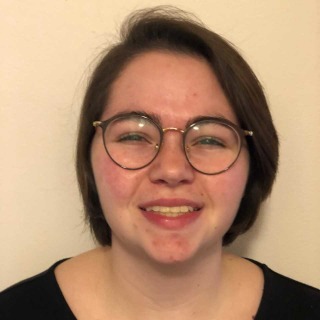The Spaces We Inhabit
Sunset from the Cancer Survivors’ Garden in Grant Park
Friday, December 28, 2018
In addition to spending time with LoopNaz, I’m also reading four books as part of my cross-cultural ministry field studies. My first book was Mark Batterson’s The Circle Maker (2011). Batterson focuses a lot on the importance and value of prayer walks, particularly through the spaces that we inhabit and care for.
There is a certain tangibility to the practice of actively walking through and praying for the spaces that we are bringing before God. There is an attention to the details of these spaces that we wouldn’t have otherwise.
We notice events that transpire, who is allowed in these spaces, how the spaces are designed, what the spaces can and can’t be used for, and so on. We are also reminded of both the good and the bad that these spaces are used for. And as we notice these details, events, we can seek God’s presence in these spaces in ways that are far more intentional.
And so as we were on our prayer walk through Ogilvie Transportation Center and around the Union Loop, we took notice of the spaces that we walked through and past.
There was a person we walked past under the viaduct who had a mattress on top of pigeon poop. After we had walked past this individual, Reuben asked me what I thought it would take for me to be driven to that same decision.
And I wondered, What would it really take for me to inhabit that space?
The reality is that for life to have to bring me to that point, a lot of things would have to go wrong.
And I walked away not only thinking about the difficulties that it would take to bring a person to find themselves occupying that space. But I also reflected on the fact—as Reuben and I have discussed previously—that individuals making decisions to sleep under viaducts, or on sidewalks by storefront alcoves, or in parks, are not even seen fit by most of society to occupy even those spaces.
And I would agree that people shouldn’t be inhabiting spaces in this manner. But not because they are unworthy of these spaces. Rather, as human beings, these people deserve to have shelter.
When people already lack access to adequate shelter, how ridiculous is it to then demand that these people don’t occupy our streets, parks, and public spaces?
As we continued on our prayer walk, the tension that I’ve been feeling on this matter grew stonger as we walked past probably a dozen signs on different buildings advertising spaces for lease, both for retail and residency.
So it’s not as if there isn’t enough space. The issue is again that the spaces that do exist are not accessible to those who could benefit most.
And to the credit of many organizations and individuals, there is good work being done to relieve people of their homeless experiences, but there is also so much more to be done.
As we continue to walk around the Loop in prayer, I find myself praying something like this:
Thank you God for the spaces we inhabit, both for the spaces that we temporally occupy to travel, eat, shop, learn, worship, and so on, and thank you also for the places we get to call home. We pray for our neighbors who don’t get to claim a home of permanence, those who find themselves taking up residence on our streets, in parks, outside businesses, and other places we only use occassionally. We pray that you would show those of us with the privilege of having permanent residences how we can help these neighbors.
References
Batterson, Mark. 2016. The Circle Maker: Praying Circles Around Your Biggest Dreams and Greatest Plans. Grand Rapids, MI: Zondervan.
